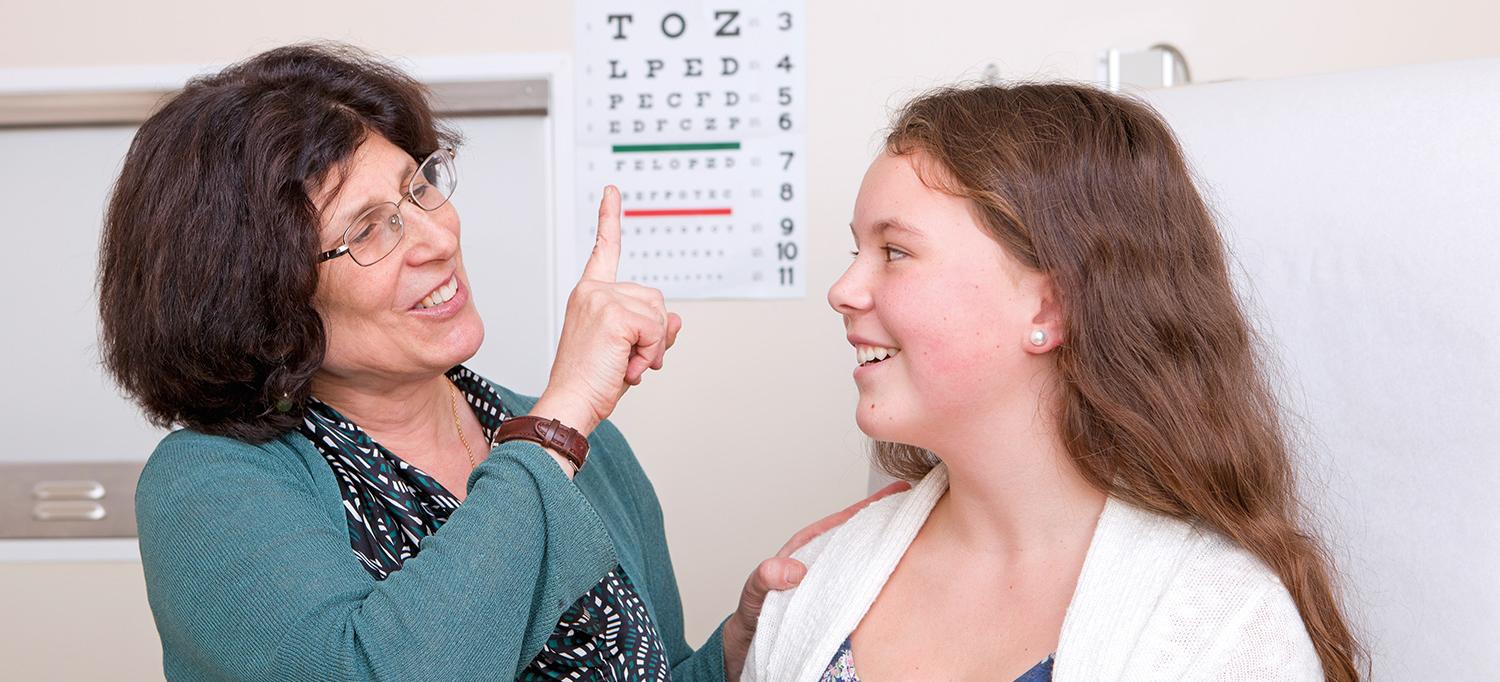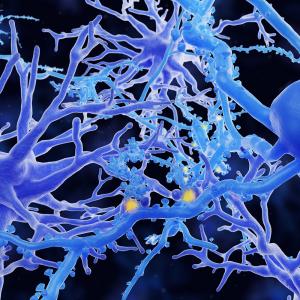New Division Chief is a Pioneer in Diagnosing & Treating Children with Multiple Sclerosis

Dr. Lauren B. Krupp
Photo: John Abbott
Ten years ago, when Lauren B. Krupp, MD, professor of neurology, established the United States’ first center for pediatric multiple sclerosis, at Stony Brook University Hospital, the idea that children and adolescents could develop MS was still novel. “The teaching in medical schools used to be that kids couldn’t get multiple sclerosis,” she says. “When children were actually diagnosed with the condition, families faced a lot of skepticism from their health care providers.”
Today, physicians around the world utilize pediatric MS medical definitions and treatment guidelines that Dr. Krupp helped develop, and research on the condition is expanding rapidly. In the U.S., Dr. Krupp teamed with the National Multiple Sclerosis Society to promote pediatric MS research, which led to a cooperative network of pediatric MS centers.
NYU Langone Medical Center joined that network when Dr. Krupp, who specializes in adult and pediatric MS, was appointed head of NYU Langone’s Multiple Sclerosis Comprehensive Care Center and established the Pediatric MS Center in 2015. Together with long-time colleagues she brought on board, Dr. Krupp has built a world-class pediatric MS program in New York City virtually overnight. Her team—including a pediatric neurologist, a neuropsychologist, a social worker, and a pediatric nurse—works closely with patients and their families to address physical, psychological, and social issues related to pediatric MS. The program also connects young MS patients through activities such as Teen Adventure Camp, a national, philanthropy-supported summer camp for adolescents with MS.
Leading the Search for Novel MS Therapies
NYU Langone is also deeply involved in developing new treatments for adult multiple sclerosis, running over 40 clinical trials—including research on medications, genomics, radiological imaging, and rehabilitation to improve specific symptoms and overall quality of life.
Some of the most cutting-edge research was presented at the 2015 annual meetings of the American Academy of Neurology and the European Committee for Treatment and Research in MS (ECTRIMS). One presentation showed that natalizumab, currently one of the most effective MS medications, produced good outcomes when taken every eight weeks instead of four, with zero incidence of progressive multifocal leukoencephalopathy (PML)—a potentially deadly side effect that can occur with the shorter dosing interval.
In addition, NYU Langone researchers published studies last year showing that an experimental cancer drug, GANT61, protects brain myelin and reverses MS-like symptoms in chemically damaged mice. NYU Langone also has extensive clinical experience with ocrelizumab, a potential breakthrough drug that reported positive phase III trial results at last year’s ECTRIMS conference for both relapse-remitting and primary progressive MS. “We’ll be at the forefront of using the drug when it becomes available,” says Dr. Krupp.
Non-Pharmaceutical Approaches Enhance Quality of Life
While most MS centers concentrate primarily on drug research, NYU Langone is equally focused on studying non-pharmaceutical treatments for MS. “We’re leading the way in defining state-of-the-art care for the daily problems people with MS face, like fatigue, cognitive difficulties, pain, and mood disruption,” says Dr. Krupp.
Dr. Krupp’s team recently submitted an abstract showing that mindfulness, demonstrated in well-designed studies to decrease fatigue and pain, improves concentration and attention for MS patients. The center is also doing groundbreaking research on how MS affects social cognition in children, and has submitted a paper on its use of sensitive measures to track overall cognitive function in children with MS. Yet another pending abstract reports on the effectiveness of a cognitive therapy in adults with MS that is administered to patients at home via computer.
“As we gain confidence in this telemedicine approach, it will immediately be transferable to pediatrics—which is extremely important, since these children can live hundreds of miles from the nearest available treatment center,” explains Dr. Krupp.

